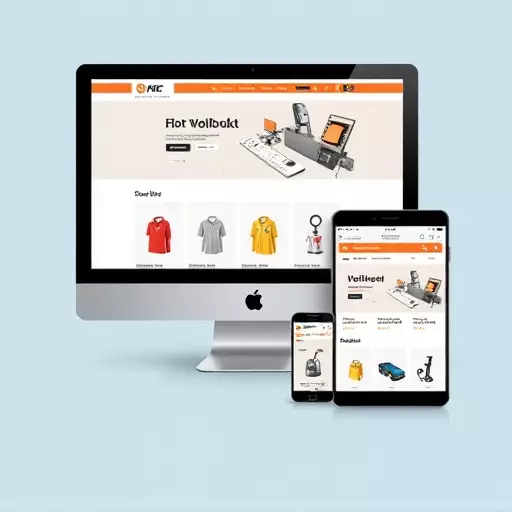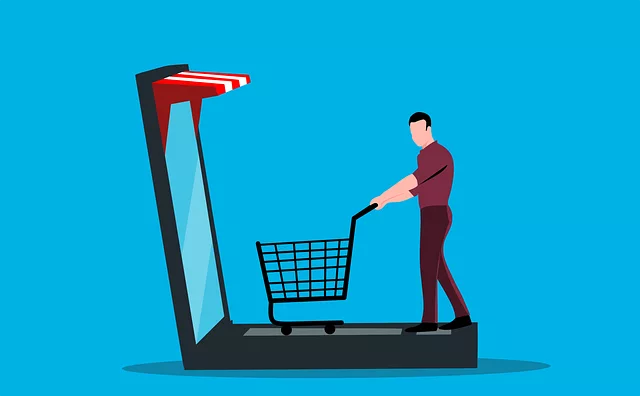In today's digital era, New Jersey consumers demand seamless online shopping experiences. Responsive e-commerce design with a mobile-first approach is crucial to meet these expectations. Custom e-commerce development tailors checkout processes, simplifying forms and payment gateways while offering options like guest checkout or social login. User research informs design improvements, streamlining complex processes on mobile devices. Strategies such as auto-fill forms, real-time validation, progressive disclosure, and clear progress bars enhance user satisfaction and reduce cart abandonment, fostering positive brand perception among New Jersey's online shoppers.
In today’s digital landscape, a seamless user experience during the checkout process is paramount for e-commerce success. With competition at an all-time high, understanding and meeting user expectations is crucial. This article explores strategies to optimize checkout experiences, focusing on responsive design in New Jersey, mobile-first approaches, and custom development solutions. By addressing common pain points and implementing best practices, businesses can enhance conversions and foster customer loyalty. Discover how these strategies contribute to a robust online retail strategy, ensuring your e-commerce platform keeps pace with the dynamic market.
- Understanding User Expectations for Checkout
- – The role of user research in designing efficient checkout processes
- – Common pain points in e-commerce checkouts and how to address them
Understanding User Expectations for Checkout
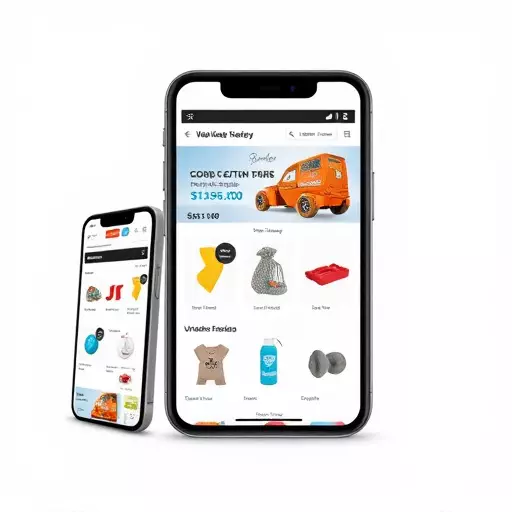
In today’s digital age, consumers expect seamless and efficient online shopping experiences. A well-designed checkout process is pivotal to fulfilling these user expectations, especially for responsive e-commerce design in New Jersey. With a growing number of users accessing websites via mobile devices, implementing a mobile-first e-commerce design approach becomes essential. This ensures that the checkout flow is optimized for smaller screens, providing a user-friendly experience regardless of the device used.
Custom e-commerce development plays a crucial role in achieving this. By tailoring the checkout process to specific business needs and customer preferences, developers can offer a streamlined journey. This includes simplifying forms, implementing intuitive payment gateways, and incorporating features like guest checkout options or social login to cater to diverse user behaviors. Such considerations contribute to higher conversion rates and foster a positive perception of the brand among New Jersey-based online shoppers.
– The role of user research in designing efficient checkout processes
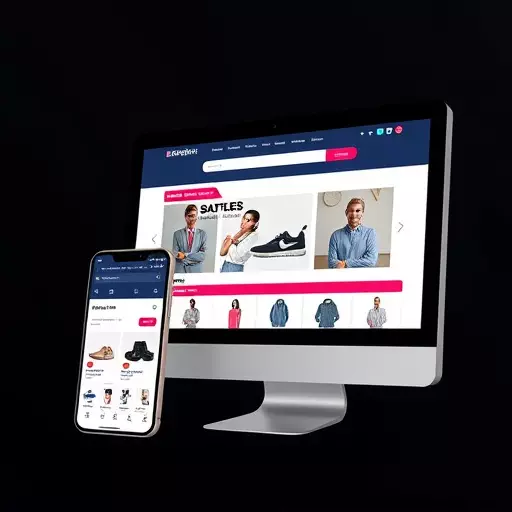
User research is a cornerstone in crafting seamless checkout experiences, especially within the realm of responsive e-commerce design in New Jersey. By understanding customer behavior and preferences, designers can streamline processes that might otherwise be complex or daunting, particularly on mobile devices. This involves gathering insights through surveys, interviews, and usability testing to identify pain points and unmet needs during the checkout journey.
Incorporating these findings into custom e-commerce development results in mobile-first designs that prioritize speed, simplicity, and clarity. For instance, optimizing forms for shorter data input, suggesting relevant products based on browsing history, or implementing secure payment gateways with minimal steps can significantly enhance user satisfaction and conversion rates. Such strategies are vital to staying competitive in today’s digital landscape, where efficient checkout processes set successful e-commerce sites apart.
– Common pain points in e-commerce checkouts and how to address them
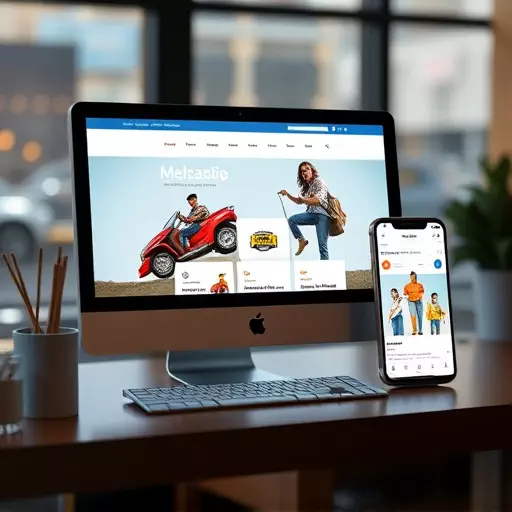
E-commerce checkouts often present significant friction points for customers, leading to abandoned carts and lost sales. Common pain points include complex forms that require excessive user input, lack of clear progress indicators, and inconsistent design across different devices. To address these issues, a responsive e-commerce design focused on mobile-first approaches is essential. Optimizing the checkout process for smaller screens ensures users can complete transactions seamlessly on their smartphones or tablets, thereby reducing cart abandonment rates.
Custom e-commerce development plays a pivotal role in transforming these pain points into smooth experiences. By integrating streamlined forms with smart fields that auto-fill where possible, adding real-time validation to minimize errors, and implementing progressive disclosure techniques to only ask for necessary information, developers can enhance user satisfaction. Additionally, incorporating clear progress bars and instant feedback mechanisms keeps users engaged and informed throughout the checkout process, fostering a sense of control and confidence in completing their purchase.
